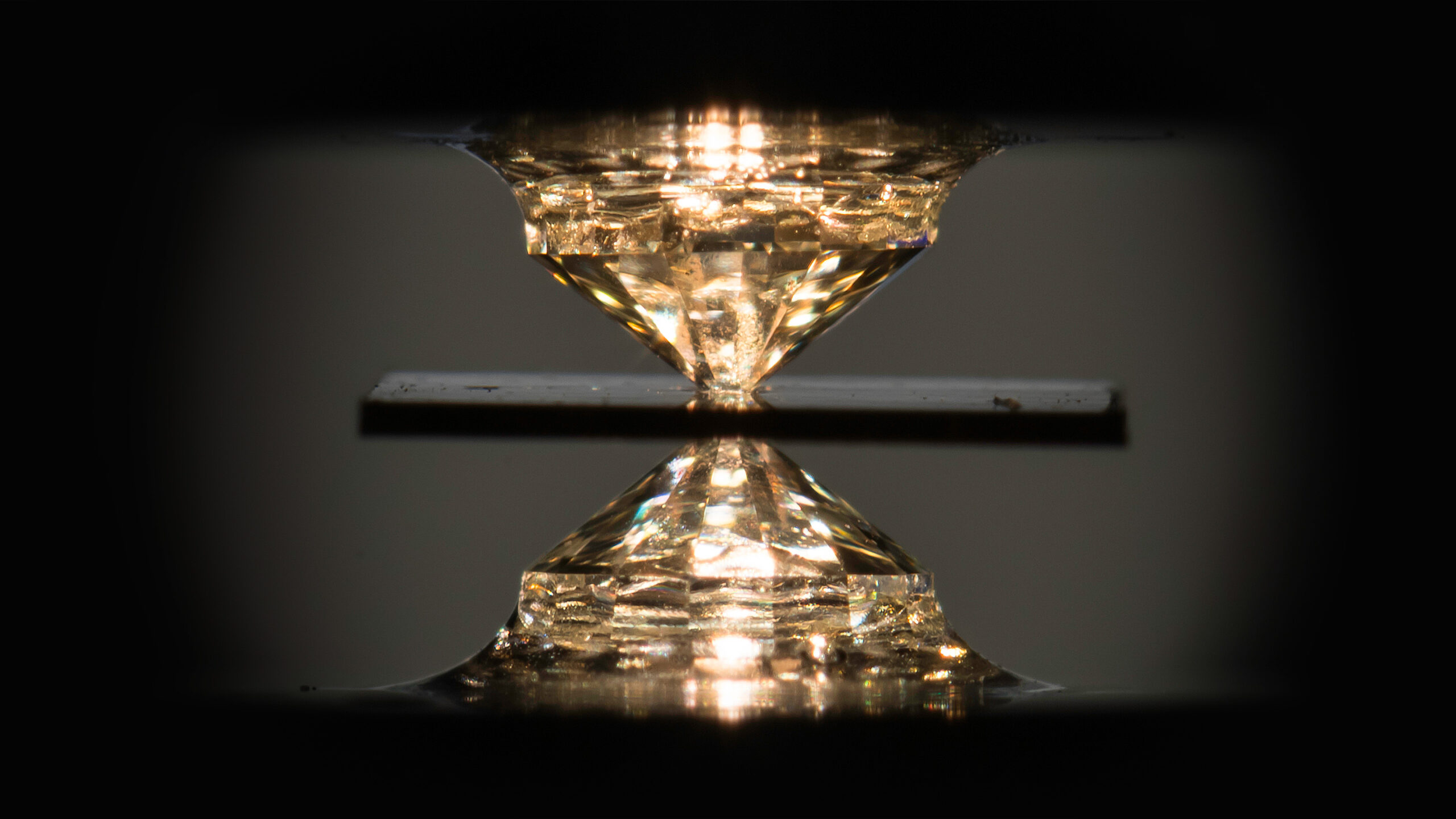Normalcy is considered under-rated. In a normal world, things that tend to deviate from this line lead to inventions, breakthroughs, discoveries, and innovations. ‘Deviations create milestones.’ But in a CMP-World, Normalcy is the definition of a Revolution. For decades physicists have been trying to achieve an abnormal phenomenon called “Room Temperature Superconductivity”. And now researchers at the University of Rochester have managed to achieve this feat by creating exotic strange materials (how cool! 😎)
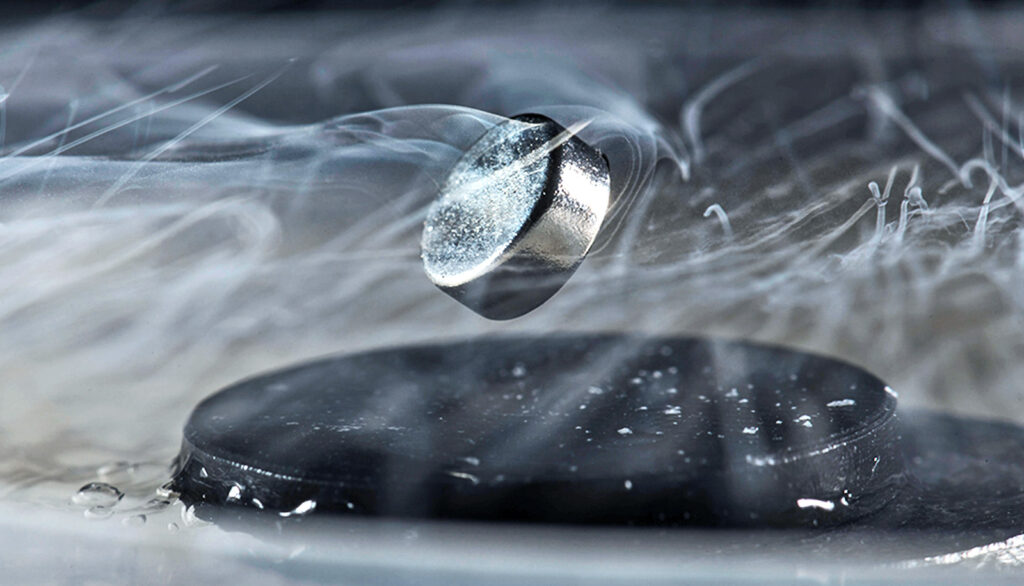
“This is the first time we can claim that we have achieved room temperature superconductivity,” said Iron Errea, condensed matter theorist at the University of Basque Country in Spain. “It’s like an undiscovered treasure trove with limitless applications”. Every year just in India, 19.33% of electricity loss occurs as transmission loss, with the world average wavering between 5-6%. Billions of dollars as zillions of electrons convert themselves into heat, and ultimately ashes. But, room-temperature superconductivity will cool these zapping electrons till their spines chill and spark. Lossless power lines, frictionless high-speed trains, and the list is huge if not endless.

The remarkable material, which Ranga Dias likes to call “A Condensed Cocktail” exhibits superconducting behavior at a whooping 14° C. Not exactly room temperature, but a chilly room perhaps. The hydrogen, carbon, and sulfur compound has broken the record of the previous holder by a 50° gap.
The Strange Superconducting Material
Normal conductors have a typical resistance that opposed the flow of the electrons. But in 1911, H.K Onnes was the first to discover the phenomenon of superconductivity in a chilled 4.2K mercury wire. A simple explanation of this spectacle was provided in 1957 by BCS theory. it was first proposed by Cooper that electrons condense and form a pair which diminishes the resistance of the material. These pairs are the result of electrons’ interaction with lattice vibrations in the form of Phonons.
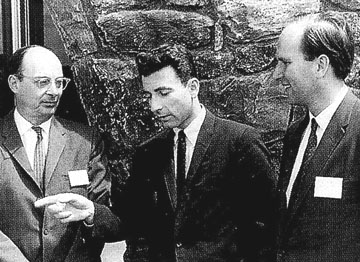
The underlying principle that basically won them the Nobel prize in 1972 for establishing the theory of superconductivity was Phonon Interaction. The elementary explanation is as follows: an electron moving through a lattice attracts positive charges towards it which in turn attracts another electron but of opposite spin. These two electrons become correlated (not entangled! there’s a difference). A multi-electron system will have multiple pairs. Each pair requires little energy to break the correlation. Lattice vibrations provide these energies but breaking one pair would change the entire state of the condensate. Therefore, energy to break one pair is directly related to all, and at low temperatures, there isn’t enough energy in lattice vibration to provide this kick. This way the pairs conduct current like cars moving orderly on an express highway with minimum chance of collision.

Following the proposition of this theory, the quest for the discovery of ultimate superconducting material began. A material that could withstand everyday heat and prevent the interruption of electrons delicate dance. So in 1968, Mr. Neil Ashcroft, a solid-state physicist at Cornell University put forward an outstanding notion of using the lightest element of all: Tricky Hydrogen. But before you say that hydrogen gas behaves as literally the opposite of superconductivity, there’s a twist in the tale! The gas is squashed under tremendous pressure to transform it into a metal lattice. The idea of Ashcroft was that the hydride of some elements might be able to push that thermometer bar straight up, offering the wonders of superconductivity at ambient pressures.
So with high hopes and low-temperature scales, the hunt commenced. And voila, in 2015, a lab in Germany made a metallic hydrogen sulfide that was superconducting at 203K under 1.5 million times the atmospheric pressure. The same lab in 2019 synthesized a different compound, a lanthanum-based hydride that exhibited superconductivity at 250K but under 1.8 million times the atmospheric pressure (super-cool isn’t it?! 👌). Fueled by passion and guided by these discoveries, Dias’ team managed to break almost every single record set in the history of superconductivity. The Strange material indicated the signs of a possible new superconductor.
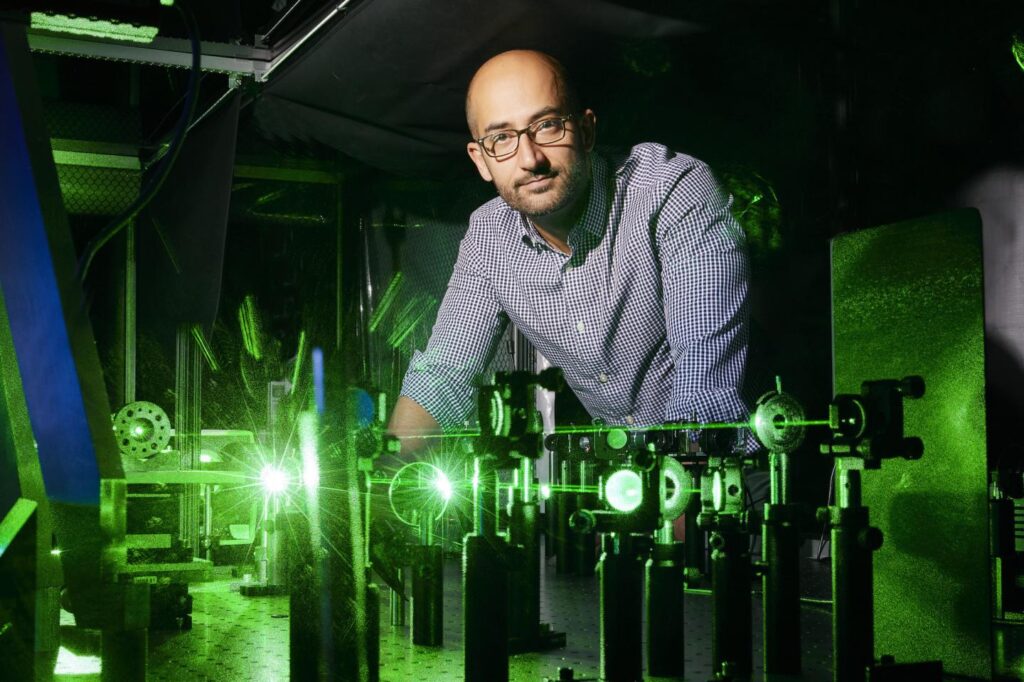
The Race For Supremacy In Superconductivity
The lab at the University of Rochester, tested a couple of hydrogen and sulfide compounds when it was confirmed that H3S is superconducting. Add too little hydrogen and the material won’t behave as a superconductor, add too much and the material will metalize at pressures that can crack any diamond anvil. It’s just like adding salt to your food. Along the way, the team smashed dozens of 3000$ anvils, comprising of 80% of their budget. 😮
The winning blueprint proved to be a riff on the 2015 formula. The scholars started with hydrogen, sulfide gas and added a tint of methane to it giving it a name- ‘Carbonaceous sulfur hydride‘. The lightness of hydrogen improved the lattice vibrations that steered cooper pairs to create a superconducting environment. But strong neighboring bonds also helps the system maintain this robust state and the carbon in methane did just that. The H2 + H2S system formed the precursor superconducting material H3S. Finally, they added sulfur to it and cranked up the heat using a laser. The whole arrangement was subjected to 4.0 GPa and a 532nm laser light that drove the photoscission of the S-S bond. The laser system created a strange material that began to crystallize under 147 GPa pressure. At nearly 220 GPa they observed a sharp spike in TC and at nearly 267 ± 10 GPa, a TC of 287 ± 0.1 K was recorded surpassing all the previous records. The catch here was that they accomplished this trick at a pressure 2 millions times the normal pressure humans bear, or equivalent to 75% of pressure at Earth’s core.
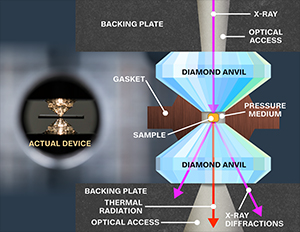
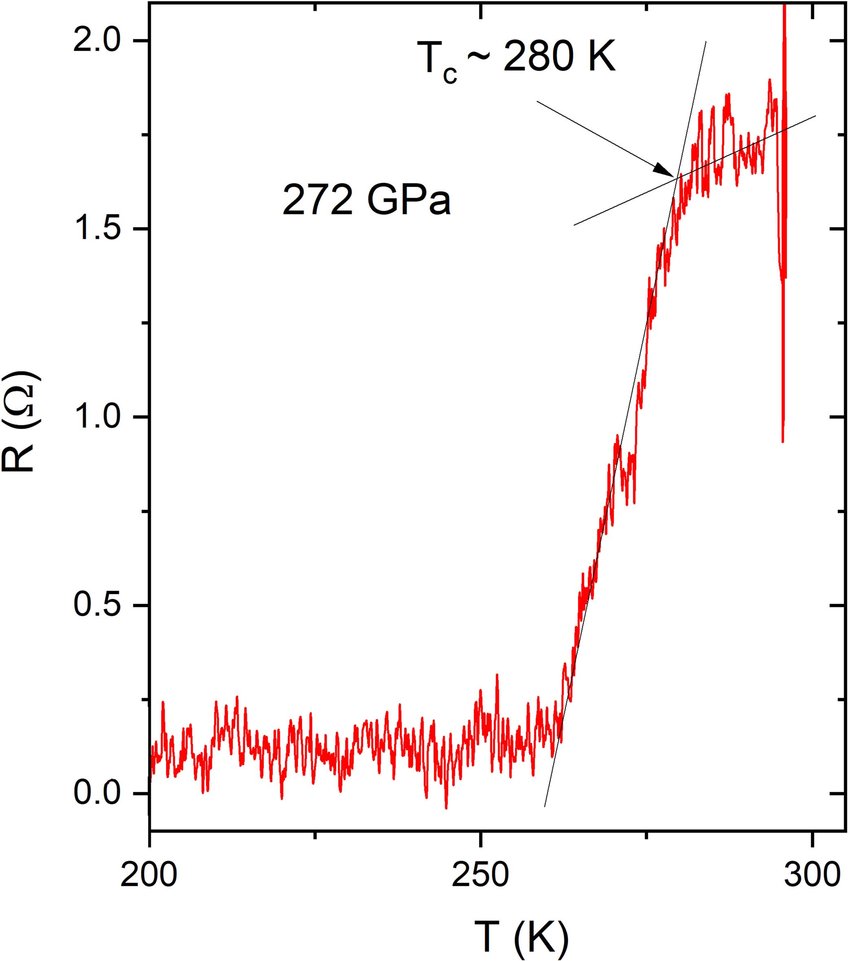
“People talked about room temperature superconductivity forever”, said Pickard. He added “the pressure upon the team was high. People might not have appreciated that when we did it, we were going to do it under such high pressures.” A really huge twist occurred when the crystals made possessed a structure very different from that predicted. It’s like they knew it worked, but why, they had clearly no idea. Hydrogen is the smallest yet the most deceiving element that decided not to show its face in traditional probes of the lattice structure. And what can’t be seen can’t be mapped. Frankly speaking, they don’t know what they have on their hands, at least not the chemical formula. As the saying goes, “what comes easily goes twice as fast, but the hard part (mysterious) always lasts.”

Once, they figure the twist out, the material may twist the world with its sheer simplicity. They can alter, add, modify the formula, and tailor it according to the application purpose. But as they say, it’s still a long way to go. Room Temperature superconductivity has been surmounted, now the aim is for Ambient atmospheric pressure. As challenging as it seems, the discovery would be a Paramount in Condensed Matter Physics World.
One of the advantages of encountering an Unknown Strange Rarity is that one can always anticipate surprising discoveries, giving us a peek into the unexplored and the outlandish.
R.D.X
Source- Room temperature superconductivity in carbonaceous sulfur hydride/researchgate.net


